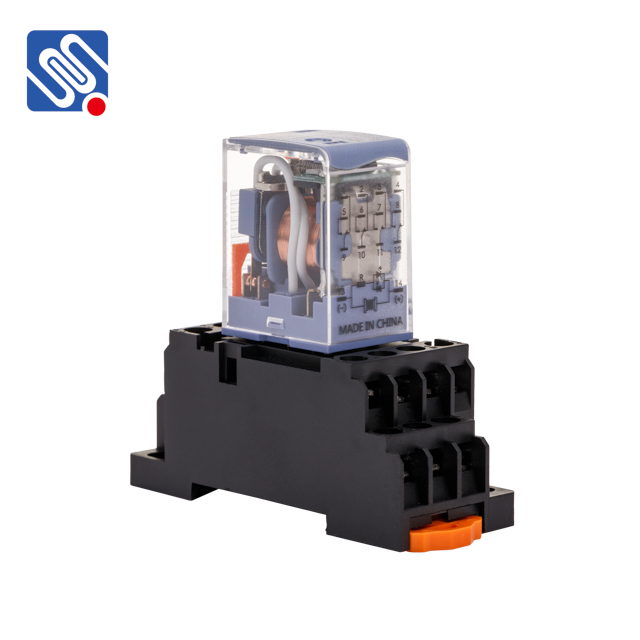Relays are vital components in electrical systems, acting as switches that control the flow of electricity in a wide range of applications. One of the most commonly used types is the 24VDC relay, a versatile device widely employed in both industrial and consumer electronics. This article explores the functionality, applications, and significance of 24VDC relays in various fields, providing insight into their importance in modern electrical systems.

What is a 24VDC Relay? A 24VDC relay is an electromechanical switch that operates using a 24-volt direct current (DC) supply to control the switching of electrical circuits. It consists of a coil, a set of contacts (such as normally open, normally closed, or changeover), and an armature that moves when the coil is energized. When the relay coil is energized with 24VDC, it generates a magnetic field that attracts or repels the armature, causing the contacts to either open or close. This allows the relay to control the flow of electricity between two different circuits—often enabling low-voltage control systems to manage high-voltage systems.